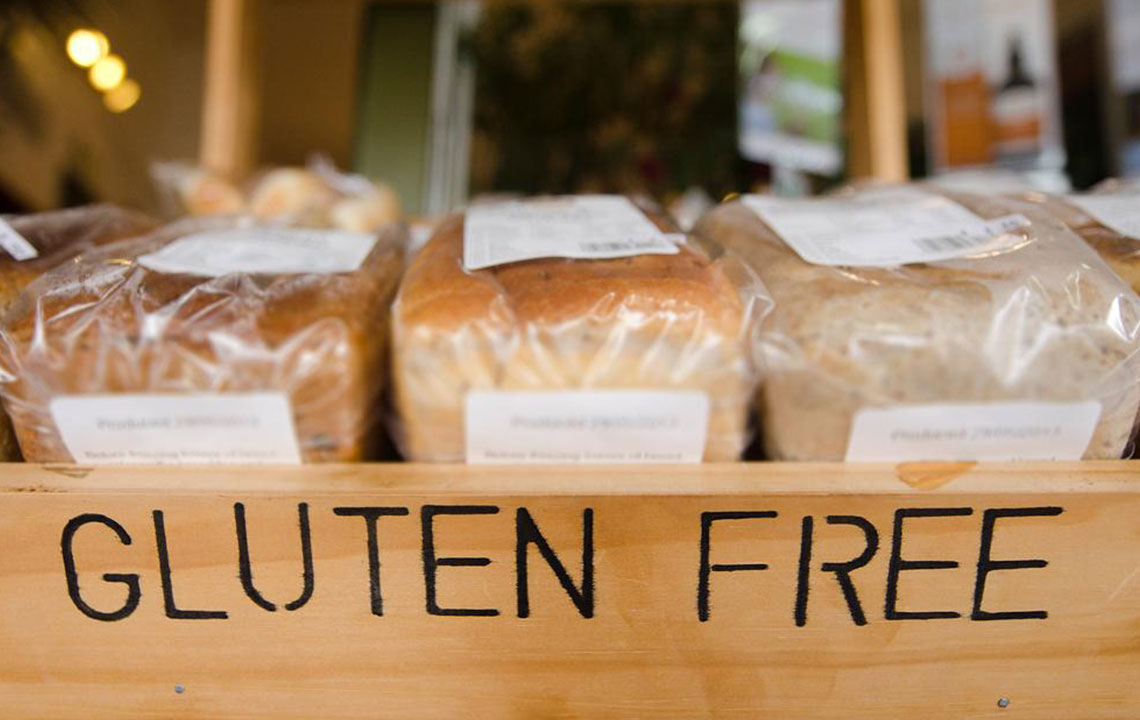
Best ways to treat gluten intolerance
Gluten intolerance, which exhibits similar symptoms and looks when compared to the celiac disease, is an immune response to the gluten present in wheat and other grains. The symptoms include bloating, cramping, gas, diarrhea, rash, after eating products containing gluten. Many people, over a period of time, have felt that avoiding gluten in one’s diet alleviates the symptoms. Although there is no specific cure for gluten intolerance, below are some ways to treat gluten intolerance.
Consult a doctor: The first and best thing to do would be to consult a doctor if any level of discomfort, slight or extreme, is experienced after eating products containing gluten. The doctor can check and essentially determine if it is being caused due to celiac disease or gluten intolerance. The doctor can check for other symptoms related to celiac or gluten intolerance which includes depression, anxiety, thyroid, diabetes, dermatitis, headache, etc. Doctors can run checks like endoscopy, blood test, and capsule endoscopy to have a better knowledge.
Diagnosis and treatment: Once the test results are out, the doctor will have a clear idea whether it is gluten intolerance or celiac disease. In either case, avoiding gluten is the best option. Prescriptions involving medicines and vitamin supplements can help relieve other symptoms.
Medication and supplements: Supplements mainly include calcium, iron, vitamin B12, vitamin D, vitamin K, and zinc. Steroids to keep a check of the inflammation. If the patient has dermatitis, the doctor may prescribe dapsone.
Consult a dietician: Dieticians are helpful in finding gluten-free foods, finding sources of hidden gluten, and finding alternatives to eating outside food.
Removing gluten from the kitchen: Getting rid of substances which contain gluten can prevent accidental consumption of gluten that could cause discomfort. Following things can be eliminated from the list
– Barley which includes malt and malt vinegar
– Triticale
– Rye
– Wheat and wheat flour
Restock gluten-free foods: There are many gluten-free foods that also taste delicious like eggs, meat, fish, poultry, beans, and most dairy products. Eliminating gluten from the kitchen can help in avoiding accidental consumption. Many grocery stores now offer gluten-free products.




